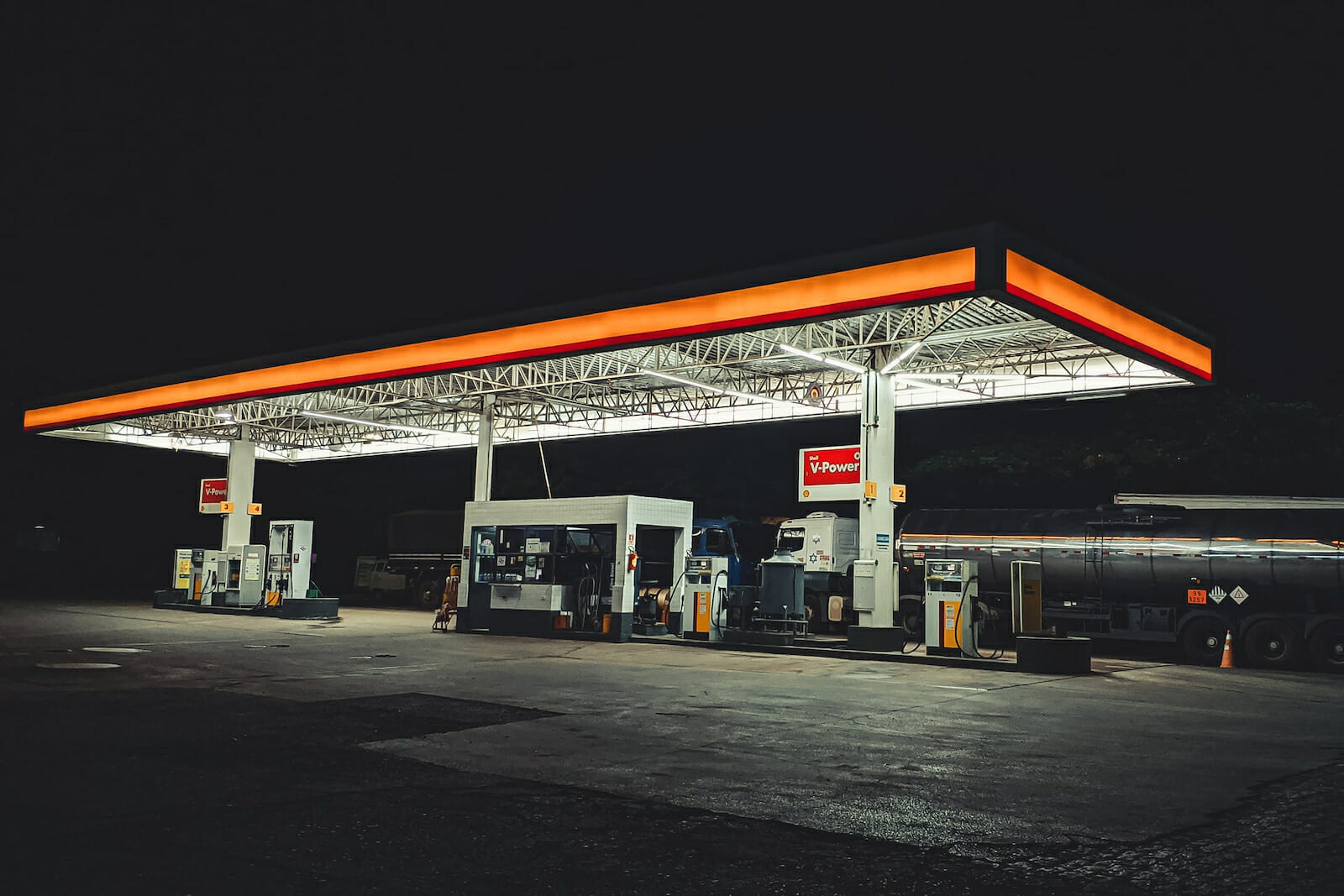
Business
How COVID-19 is Affecting Oil and Gas Prices
As the COVID-19 pandemic continues, many Americans are seeing drastically lower gas prices. Oil barrel prices are also at historically low levels. Here’s a look at the effects of the coronavirus outbreak on the gas and oil industry and consumers.
Consumers Cannot Take Advantage of Reduced Costs
Lower gas prices generally helps the economy. When people have more money in their bank accounts and wallets, they feel more eager to spend on things they may otherwise hold off on buying. With most U.S. states under lockdown and stay-at-home orders, however, Americans can’t benefit as much as they would from low gas prices.
As of May 3, the AAA National Average for gas was $1.78. Also, analysts from GasBuddy analyzed millions of fuel transactions to learn more about gas prices and COVID-19 effects. They found that gas demand plummeted by 50 to 70% in April compared to levels in late February and early March. They attributed the change to more people staying at home.
The company’s research also found that several states — Wisconsin, Kentucky, and Michigan among them — saw the lowest prices since the early 2000s. More than a dozen states charged people less than $1 per gallon for fuel, too.
A recent analysis from AAA showed the direct connection between lower demand for gas and the falling prices at the pump. It clarified, “With Americans expected to remain at home in the weeks ahead, demand for gas is likely to continue declining alongside pump prices.” Many people who weighed in on the topic believe it will take a while for prices to stabilize, so they could remain low into the summer.
Residents in states with low gas prices still have time to enjoy them, especially if local authorities lift restrictions. Municipalities are taking varying approaches to COVID-19 measures. Still, as residents get permitted to do more things outside the home, some could fill up their gas tanks for substantially lower prices than usual.
The Below-Zero Coronavirus Oil Prices
In late April, people around the world watched coronavirus oil prices with fascination as the per-barrel price dropped below zero. It was the first time in history that crude oil prices per barrel went from $18 to -$38. The startling change reflected how coronavirus led to a surplus of crude oil and a lack of places to store it.
Some analysts think oil companies will reschedule planned expansions to compensate for how COVID-19 hurt their profit potential. Sujith Singh, an oil and gas analyst at GlobalData, clarified, “Multiple pipeline operators are looking at project delays as a means to counter the impact of COVID-19. Phillips 66 has stalled Red Oak and Liberty pipeline projects, which were expected to start operations by 2021.”
Singh also mentioned how two projects associated with the Pembina Pipeline Corporation would likely start a year behind schedule due to the oil price situation and the COVID-19 pandemic. The downturn in the oil industry makes it even more critical to use technology to maximize oil and gas exploration outcomes.
The right tools can produce the most gas and oil efficiently and safely. Thus, harnessing technology helps companies prepare for when the coronavirus crisis eases, and per-barrel prices come back up. It’s also possible that the post-COVID-19 oil demands could drive the increased adoption of offshore technologies, including exploration software and tools supporting remote management.
A Link Between Social Security Payments and Fuel Prices
People who have looked into the connection between gas prices and COVID-19 also discovered it might mean Social Security recipients will not get future raises. Some of the people most dependent on those checks to manage monthly expenses may feel a long-term financial pinch.
There are annual Social Security adjustments called cost-of-living adjustments (COLAs) based on aggregated data from the Consumer Price Index for Urban Wage Earners and Clerical Workers (CPI-W). The CPI-W reflects price changes in everyday needs like food, beverages, and clothing. When gas costs less, so do other things people buy to meet their daily needs.
The good news is that payments to Social Security recipients could not go below their current levels. The only possibility is that they might not go up next year. COLA calculations reflect third-quarter CPI-W data. Thus, gas prices staying low through September could dash recipients’ chances of getting bigger checks in 2021.
Unprecedented Times Amid the COVID-19 Pandemic
Analysts generally agree that COVID-19-related shutdowns caused a drop in gas prices. It’s not yet clear, however, what could happen to consumer confidence once lockdowns get lifted. Even if people can take road trips, some may avoid doing so until scientists find a cure or vaccine for the coronavirus.
Since this situation is a wholly new development in history, analysts cannot reliably look at past events to determine the future. Thus, staying abreast of events and remaining adaptable are crucial for the gas and oil industry, as well as consumers.

